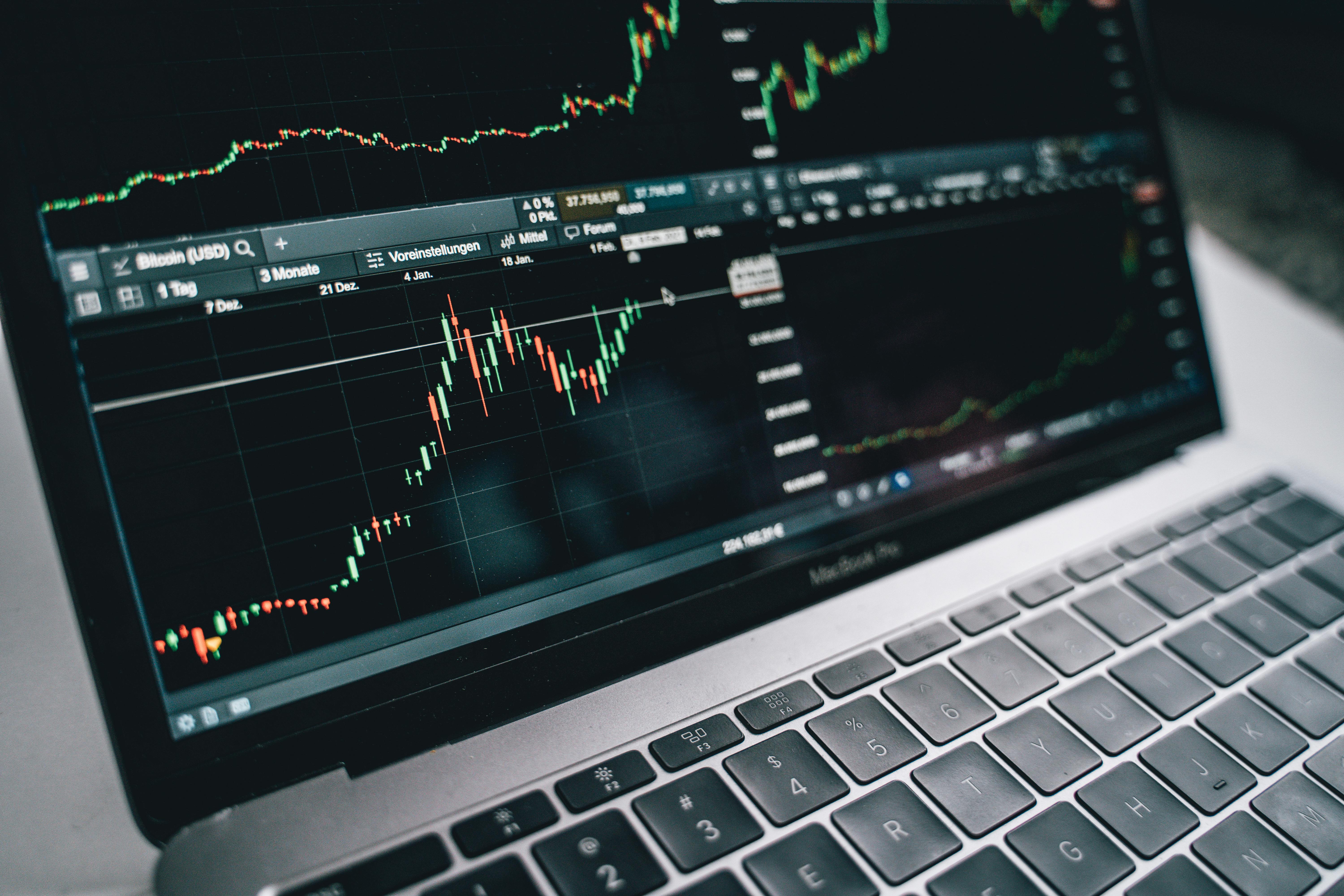In the complex landscape of the global economy, the decisions made by the United States Federal Reserve resonate far beyond the borders of the nation. As the first two-day meeting of 2024 concluded, the central bank chose to maintain interest rates at a 23-year high, extending a holding pattern that has been in place since July. This blog will delve into the intricate dance of economic indicators, the Federal Reserve's cautious approach amidst evolving inflation dynamics, and the potential implications for the world's largest economy.
I. The Current Economic Scenario:
A. Fading Inflation:
The backdrop of the Federal Reserve's decision is the ongoing fade of the US inflation rate from its highest level in a generation. The Consumer Price Index (CPI), which peaked above 9% in June 2022, had eased to 3.4% by December.
B. Economic Growth:
Despite inflation concerns, the US economy concluded 2023 with surprising strength, demonstrating resilience and defying fears of a downturn. Policymakers are now navigating a delicate balance between sustaining economic growth and managing inflationary pressures.
II. Federal Reserve's Monetary Policy Decision:
A. Maintaining Rates:
The decision to keep interest rates steady marks a continuation of the central bank's stance since July, with rates hovering between 5.25% and 5.5%. This move reflects the Federal Reserve's cautious approach in the face of evolving economic dynamics
The central bank is scheduled to hold its next rate-setting meeting in March.
B. Signal of Future Cuts:
While policymakers have signaled an expectation of three rate cuts throughout the year, the recent decision indicates a pause in immediate action. Despite anticipation in the markets, the Fed opted to maintain the status quo after the first meeting of 2024.
III. Jerome Powell's Pronouncements:
A. Strong Pushback Against Early Rate Cuts:
Federal Reserve Chair Jerome Powell strongly pushed back against the notion of initiating rate cuts as early as March. This resistance signals a careful evaluation of economic indicators and a reluctance to prematurely alter monetary policy.
B. Balancing Act:
Powell highlighted the delicate balance the Fed seeks, expressing that moving "too soon or too much" on rates could reverse progress on inflation. Conversely, acting "too late and too little" could pose risks to the overall economic landscape.
IV. Factors Moving Into Better Balance:
A. Inflation and Employment:
In a statement, the Federal Reserve noted that the factors influencing its goals for inflation and employment were "moving into better balance." This nuanced observation suggests a cautious optimism regarding the ongoing efforts to achieve stable economic conditions.
B. Soft Landing Hopes:
The central bank's focus on achieving a so-called "soft landing" is evident, where price growth normalizes, and recession is avoided. With easing price rises, low unemployment, and resilient economic growth, hopes are high for a balanced trajectory.
V. Inflation Challenges and Uncertain Path:
A. Powell's Caution:
Powell, despite acknowledging progress, cautioned against premature declarations of victory over inflation. He emphasized that inflation is still too high, progress is not assured, and the path forward remains uncertain.
B. Delicate Timing:
The Federal Reserve faces the challenge of striking the right balance in timing its actions. Acting too early could jeopardize progress, while delaying action might risk economic stability.
VI. Forward Guidance and Economic Indicators:
A. Unchanged Target Range:
The Federal Reserve affirmed that it does not expect to reduce the target range until it gains greater confidence that inflation is moving sustainably toward 2%. This commitment underscores the importance of a gradual and well-considered approach.
B. Scrutinizing Employment Data:
As the central bank evaluates its next moves, close scrutiny of employment data for January becomes paramount. The US economy added 2.7 million jobs in the previous year, defying earlier concerns of an economic downturn.
The Federal Reserve's decision to maintain interest rates at a 23-year high reflects a cautious and nuanced approach to the economic challenges at hand. As the central bank navigates the delicate balance between inflation control and economic growth, the world watches with keen interest. The evolving economic landscape, the Federal Reserve's forward guidance, and the unpredictable trajectory of inflation will continue to shape the narrative in the months to come. The challenges are many, but in the intricacies of monetary policy, there lies the potential for equilibrium and stability in the world's largest economy.














